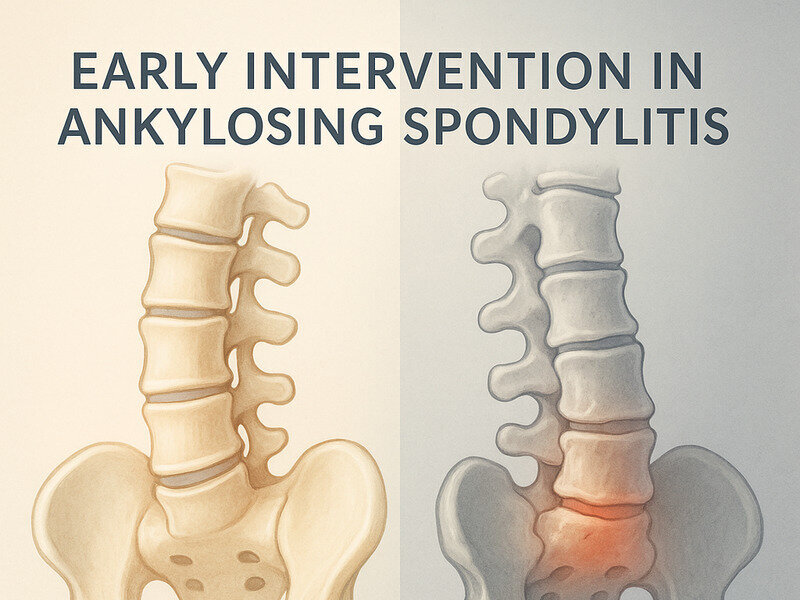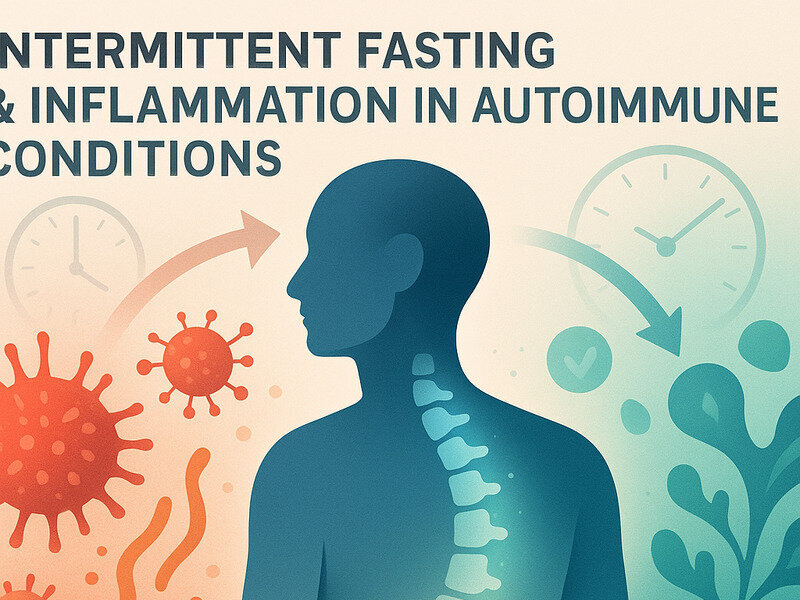
Ankylosing spondylitis (AS) is a chronic inflammatory disease primarily affecting the spine and sacroiliac joints. Characterized by pain and stiffness, it can lead to severe disability if left untreated. Early intervention is crucial in managing AS effectively, as it can significantly alter the disease's trajectory, improve quality of life, and reduce healthcare costs. This article explores the importance of early diagnosis and treatment, supported by evidence from recent studies and expert opinions.
Understanding Ankylosing Spondylitis
Ankylosing spondylitis is a type of axial spondyloarthritis, a group of inflammatory diseases affecting the axial skeleton. The hallmark of AS is inflammation at the entheses, where ligaments and tendons attach to bone, leading to pain and stiffness.
Symptoms and Diagnosis
Common symptoms include chronic back pain, morning stiffness, and reduced flexibility. Diagnosis often involves a combination of clinical evaluation, imaging studies like X-rays or MRI, and laboratory tests for markers such as HLA-B27.
Prevalence and Impact
AS affects approximately 0.1% to 1.4% of the population globally, with higher prevalence in ...
Premium preview
Premium members unlock the full article—complete step-by-step routines, deeper coaching notes, and exclusive frameworks.


